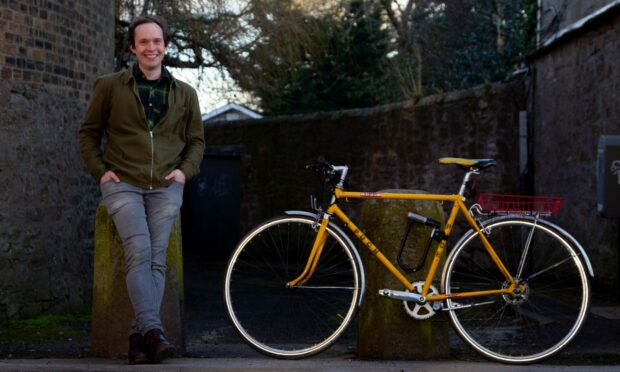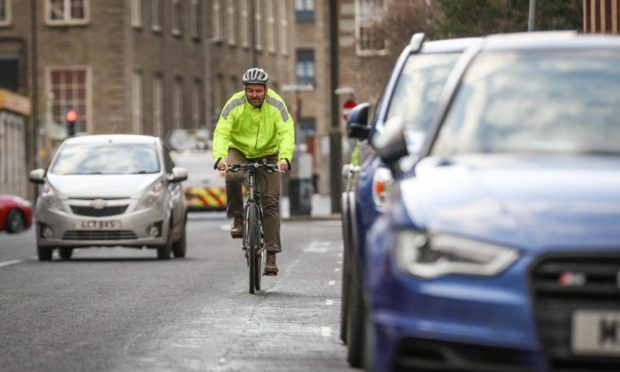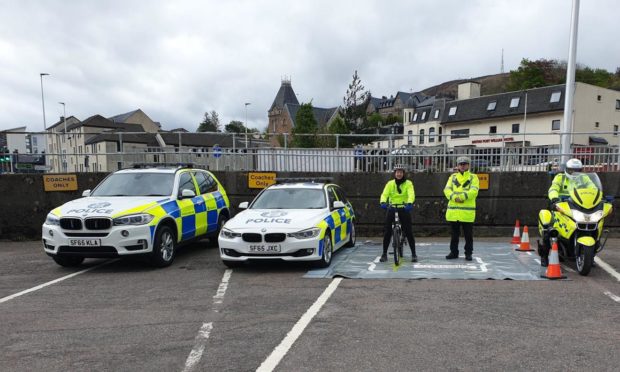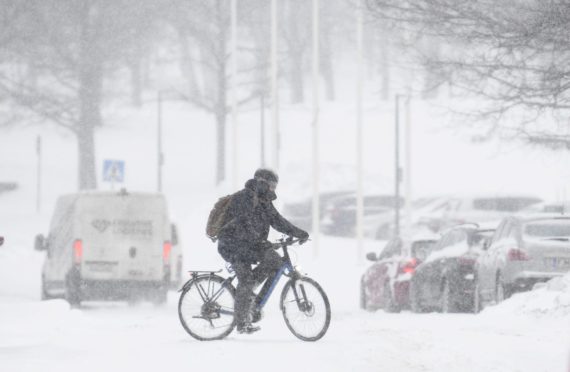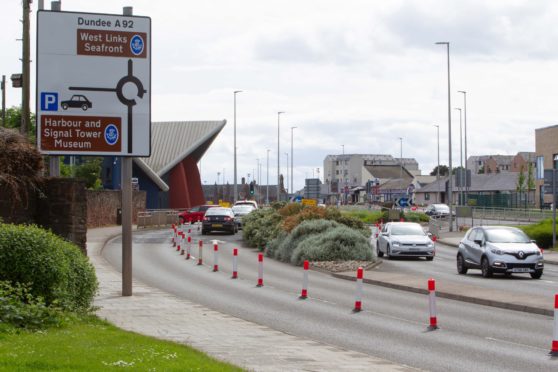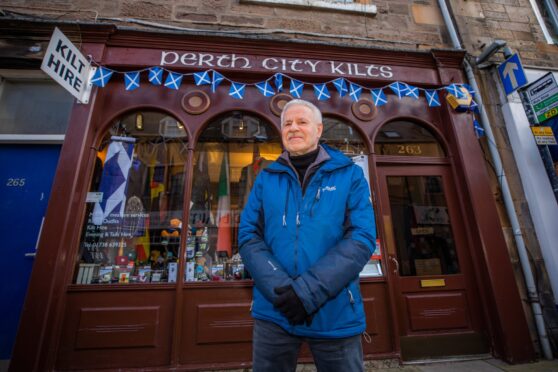Cycling’s surge in popularity has been one positive to emerge from the pandemic, making our communities healthier and greener.
But fresh 2020 cycling road deaths figures will have given many pause for thought. Eleven people died in 2020, the highest since 2013.
Cycling is the only form of transport in Scotland to record an increase in both accidents and fatalities in 2020.
Cycling still remains low risk – 34 pedestrians died on the road in 2020 by way of comparison.
But what more can be done to keep cyclists – whether lockdown converts or long-time commuters – safe?
Build more segregated cycle lanes
Russell Pepper from the Dundee Cycle Forum said it’s “been clear for a long time” how important more segregated cycle lanes are to safety.
It’s a view that’s widely shared across the cycling world.
He said: “The only real way we can make people cycling safer, is to separate them from motorised vehicles via segregated infrastructure.
“We’ve seen that pop-up lanes can be installed very quickly and cheaply – so these could be installed asap on main routes to keep folk safe while more permanent infrastructure is designed and then installed.
“Soft measures such as Operation Close Pass and getting folk trained via Bikeability courses are great, but safe infrastructure is and always will be the most effective way to make our roads safer for people cycling.
Get tougher on problem drivers
Cycling Scotland chief executive Keith Irving has been arguing for a package of measures since the start of the cycling boom.
He said: “We need to build more dedicated cycling networks, separated from vehicle traffic and pedestrians, and cut traffic levels and speeding. Increasing use of dashcam footage will also help tackle dangerous driving and make safer roads for everyone.”
He argues greater enforcement activity, both by cameras and police, improves driver behaviour.
He believes there needs to be a culture shift in Scotland, similar to that around drink driving, to make it socially unacceptable to drive in a way that endangers cyclists.
He wants drivers, and their family and friends, to associate reckless close passing and other dangerous driving with criminality, backed up with tougher sentencing.
Follow the Nordic example
Local authorities in Dundee, Perthshire, Fife and Angus appear to be already doing so.
Capital cities Oslo in Norway and Helsinki in Finland have both won plaudits for reducing cyclist deaths to zero in recent years.
The Nordic cities achieved this through a controversial package of measures designed to make it more difficult to use a car.
That has included road charging, removing car parking spaces and increasing parking charges, lower speed limits as well as banning driving outside schools.
Most of these measures have been introduced to a lesser or greater degree to our communities already in the Spaces for People programme, trial driving bans around schools or 20 mph zones.
Time will tell if they have the desired effect on road casualty numbers involving cyclists in next year’s statistics.
What is the Scottish Government doing now?
A Transport Scotland spokesman said they are aware “road safety and perceptions around safety” can be a barrier for people choosing to cycle.
He said £50 million of the agency’s active travel budget goes into the ‘Places for Everyone’ programme to build ambitious, safe and segregated active travel infrastructure.
A Places for Everyone scheme is reshaping Arbroath and changing cycling in Perth.
The spokesman continued: “We are improving and expanding work on our behavioural change programmes, such as increasing the uptake of child and adult cycle training, and driver awareness training for HGV and bus drivers.
“We are investing over £1 million for Bikeability training for schools across Scotland.
“In addition, we have provided Cycling Scotland £314,000 to deliver the award winning “Give Cycle Space” campaign – which encourages drivers to give more space to cyclists, delivered in tandem with Police Scotland’s ‘Close Pass’ operation.”
